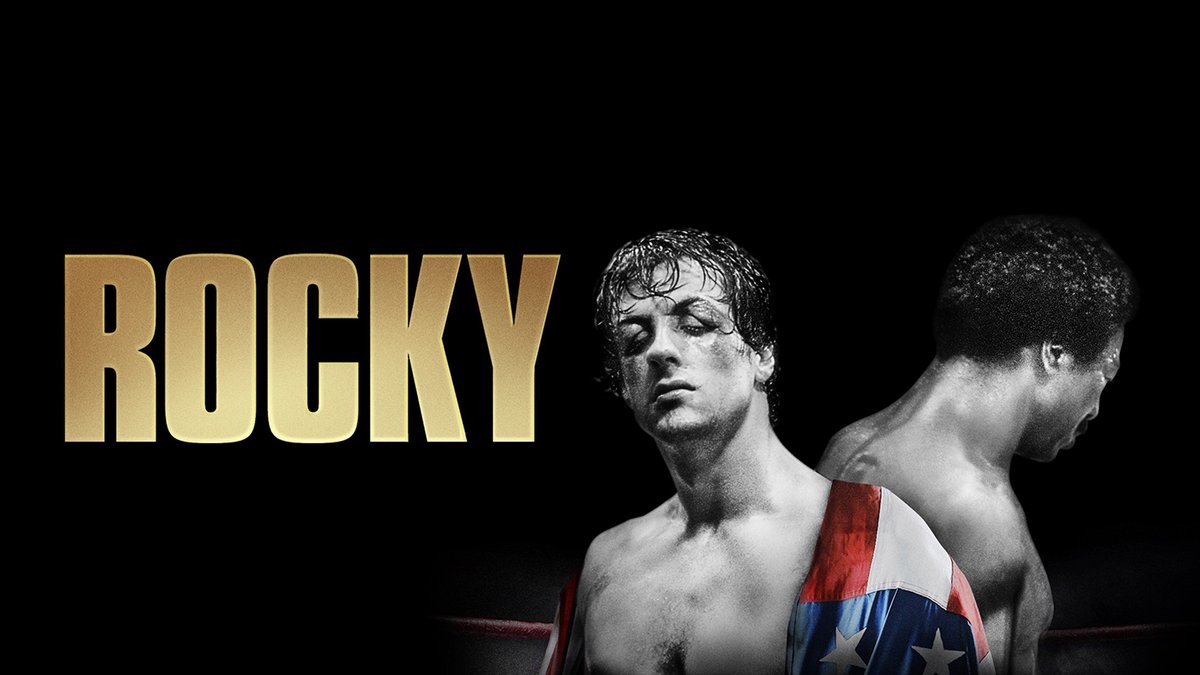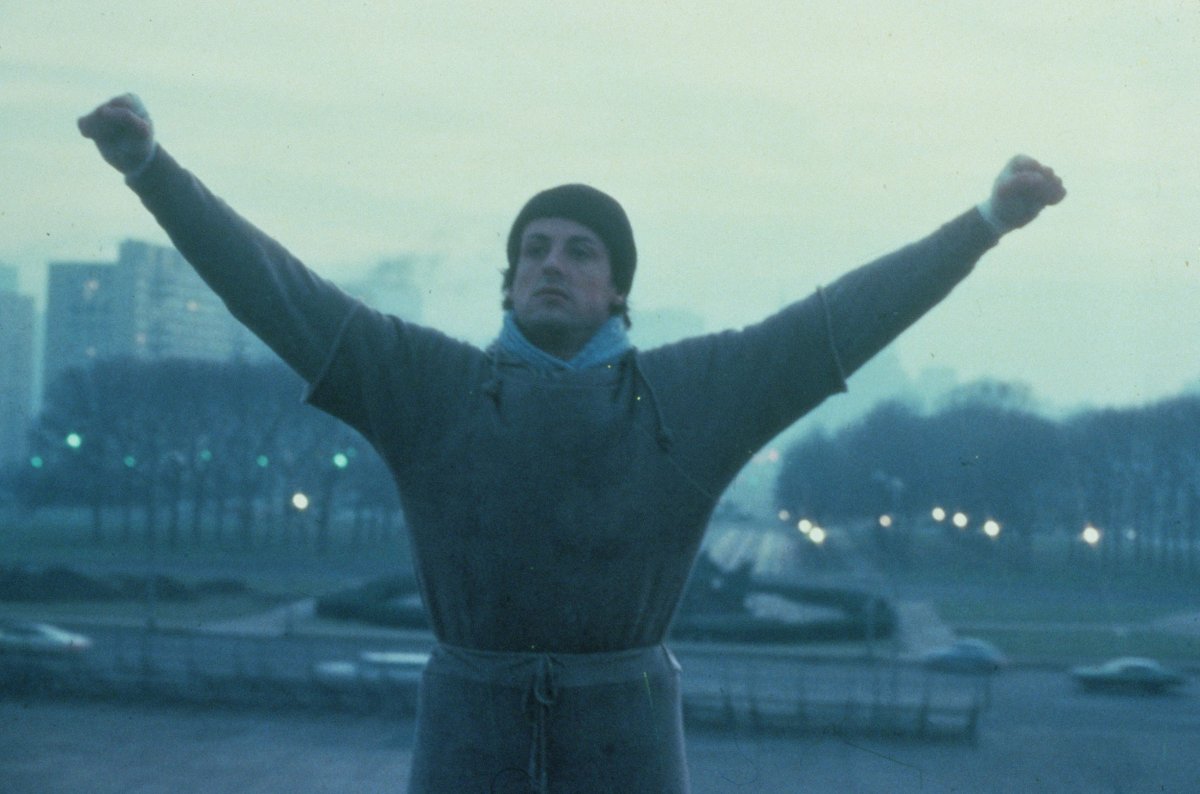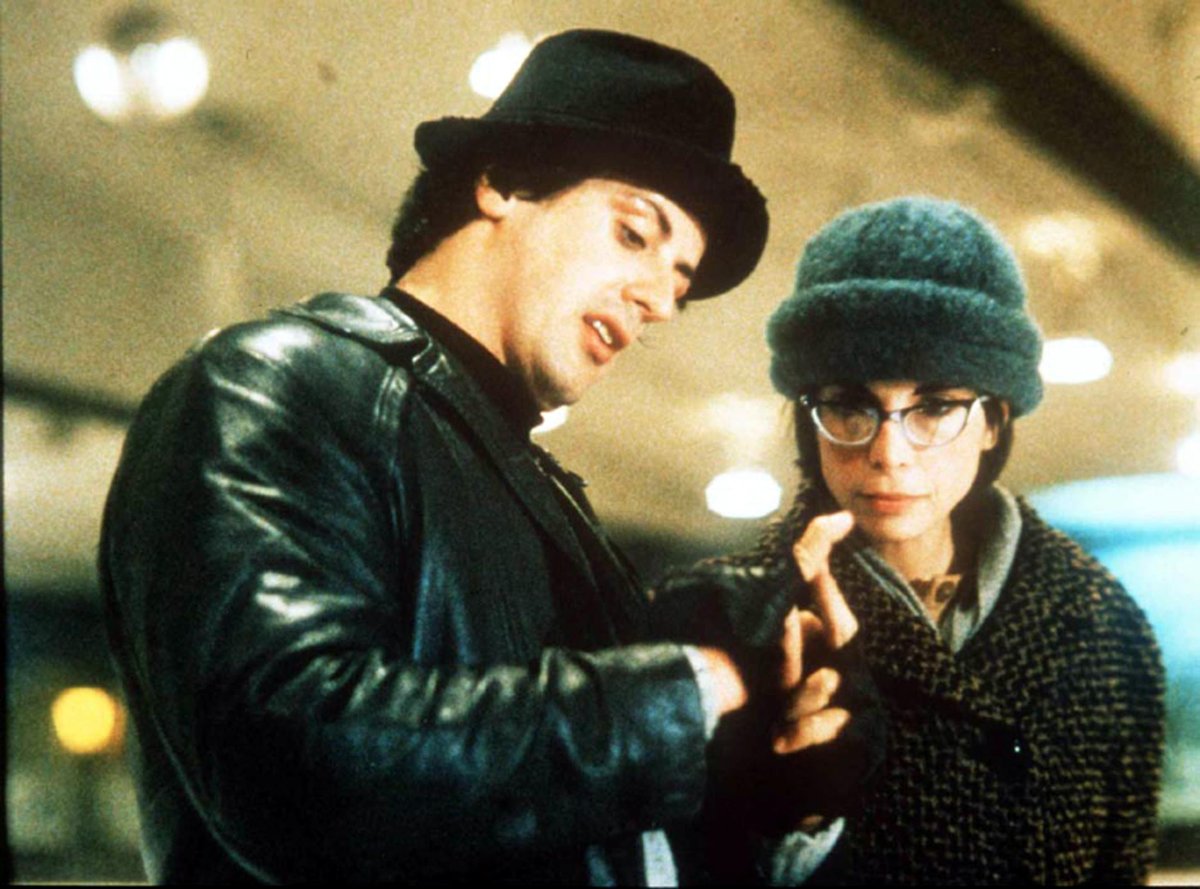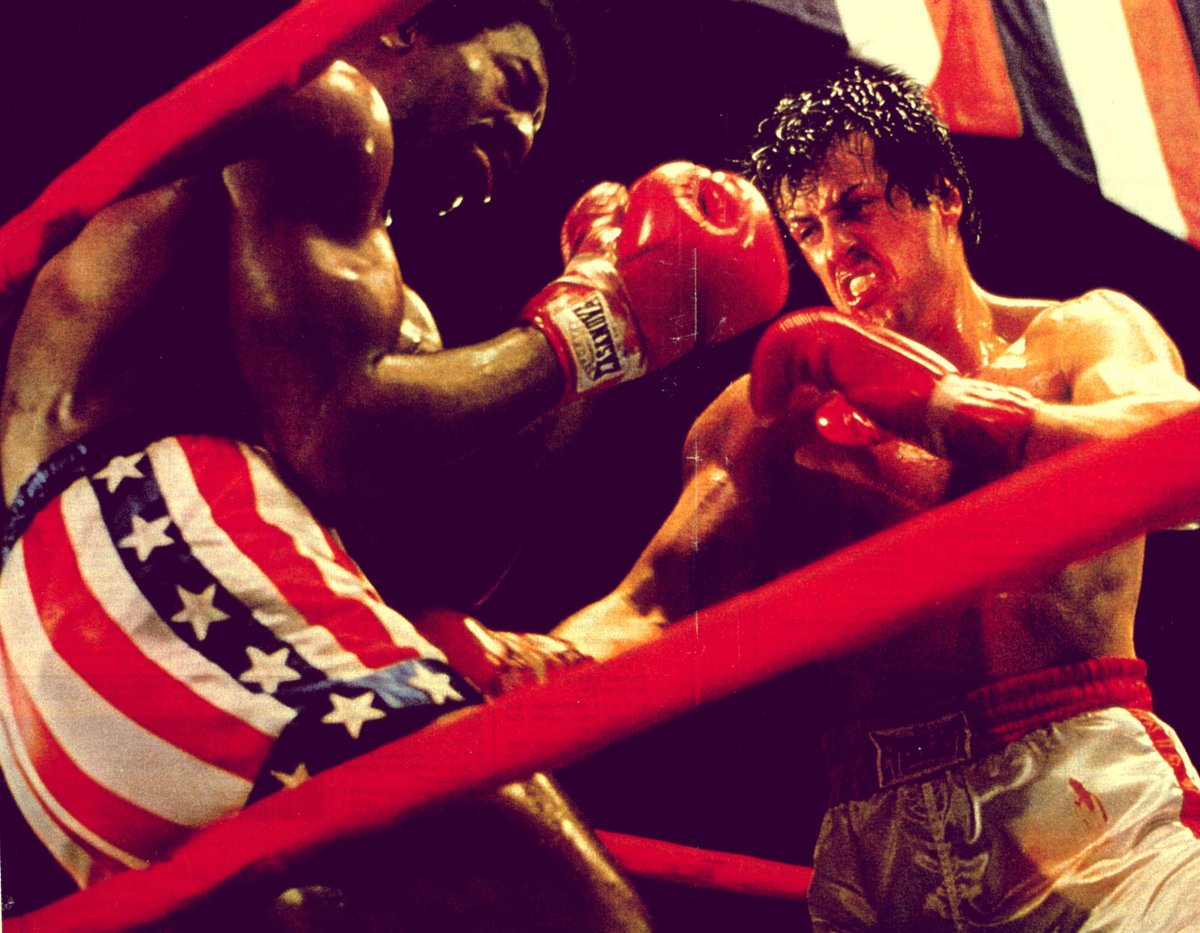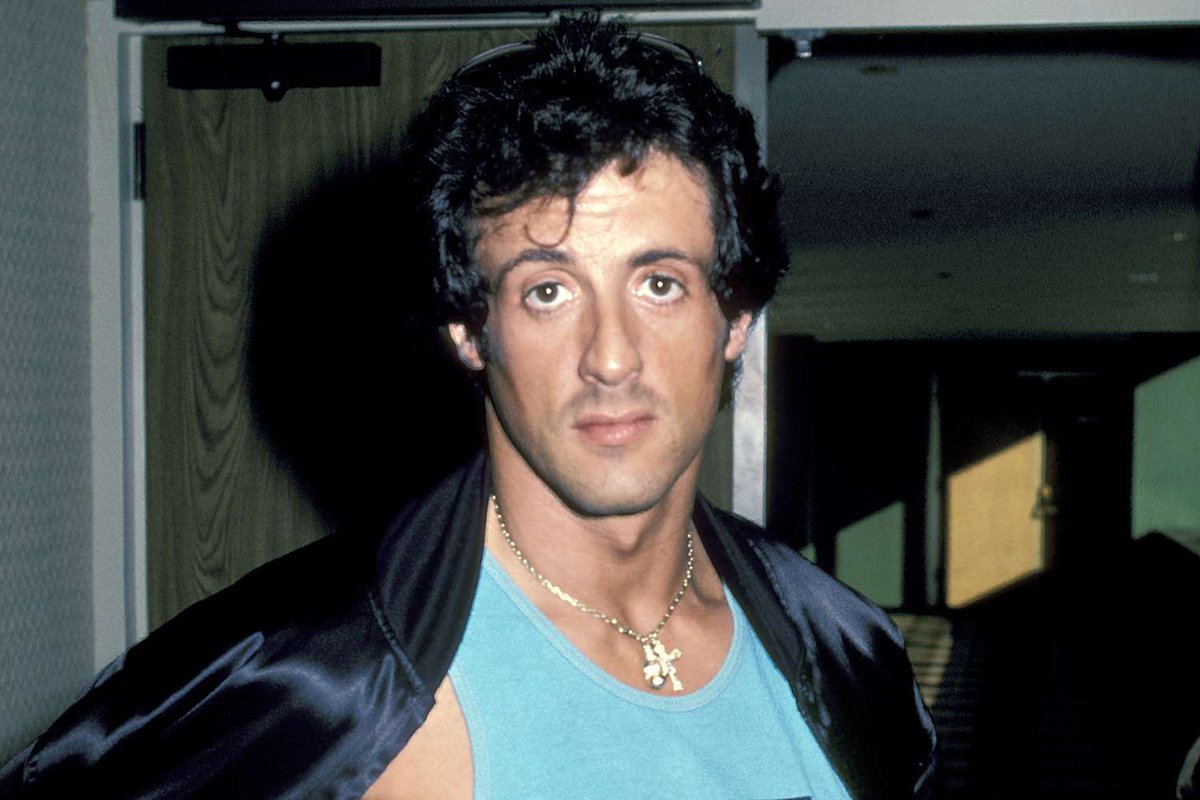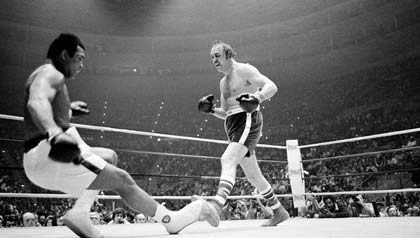2001: A SPACE ODYSSEY was released 56 years ago today. Acclaimed as one of the most influential films to come out of Hollywood and a Stanley Kubrick masterpiece, the story of how it came to the screen is as mind-boggling as the Stargate…
1/57




1/57


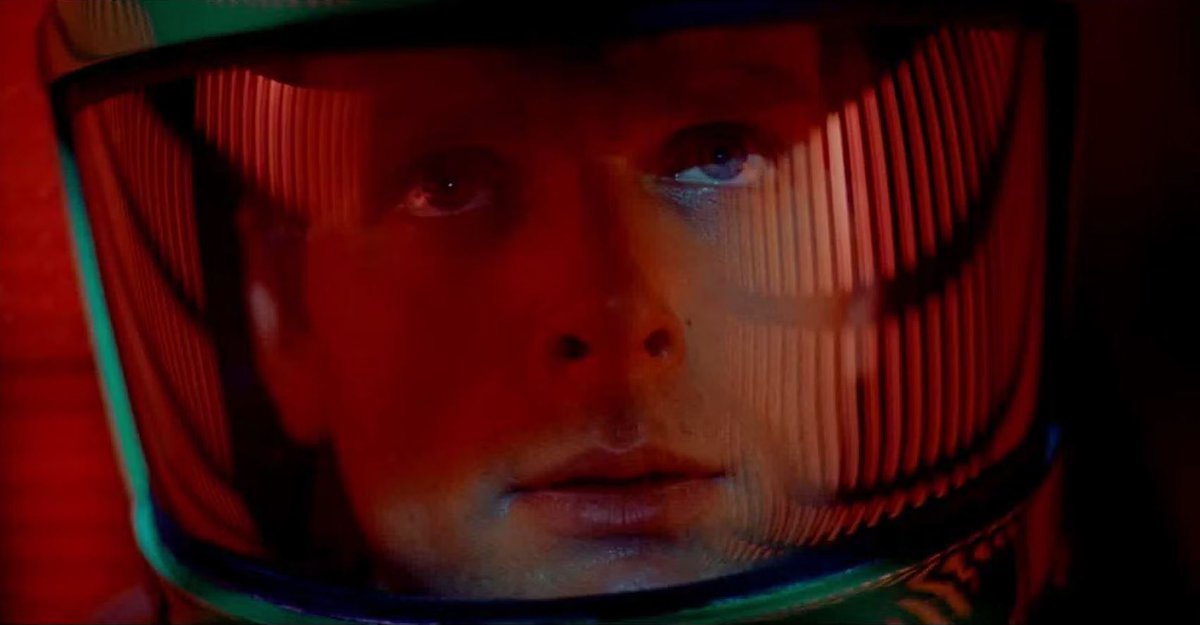

After releasing his classic satire Dr Strangelove in 1964, Kubrick knew he wanted his next project to be a groundbreaking science fiction film. He got in touch with acclaimed sci fi author and futurist Arthur C. Clarke by letter, asking if he wanted to collaborate on a script.
2/57

2/57


Clarke was living in Ceylon, Sri Lanka at the time and Kubrick was under the impression he was a recluse. Clarke replied saying he was very interested in working with “enfant terrible” but also asked “why does he think I’m a recluse?”
3/57


3/57


Kubrick got funding from studio MGM, partly because he was keen to use their ultra-widescreen Cinerama format, recently used on How The West Was Won. Apparently, MGM had Alfred Hitchcock, Billy Wilder and David Lean in mind to step in should Kubrick cause problems.
4/57




4/57




Kubrick’s concept was for a series of short stories set in space. Clarke had the idea of basing it on his own story The Sentinel, written for a BBC competition and published in 10 Story Fantasy. It told the tale of an artifact found on the moon, left there by aliens.
5/57


5/57


A major influence was the 1960 Oscar-nominated documentary Universe directed by Roman Kroitor and Colin Low. Kubrick considered naming the film after it (more below) and hired the documentary’s narrator (also below) as well as its visual effects guru Wally Gentleman.
6/57




6/57




Casting the main part of Discovery One astronaut Dave Bowman, Kubrick wanted an actor not too well known. Keir Dullea, who had never made a science fiction film, was cast without even auditioning. He later said “I guess [Stanley] had insights I don’t have.”
7/57


7/57


In early drafts of the screenplay, Bowman was named Bruno and rode an auto-driving Rolls Royce along the “auto-highway bisecting the Washington-New York complex.” He was reportedly named Bowman as a homage to Greek poet Homer’s The Odyssey.
8/57




8/57




Bowman’s Discovery One co-pilot is Dr Frank Poole. He was played by Gary Lockwood who had science fiction experience, having played Lt. Cmdr. Gary Mitchell in the 1966 Star Trek episode Where No Man Has Gone Before.
9/57




9/57




For the role of Head of US Aeronautics - Dr Heywood Floyd - MGM suggested casting a well-known actor and put forward Henry Fonda or George C. Scott. Instead, Kubrick went with the experienced but lesser known, William Sylvester.
10/57




10/57




The writers tore up the rule book. There are three sections but it’s not a typical three-act structure. There’s no dialogue for the first 25 minutes or final 23 minutes of the film. Bowman - the main character - doesn’t show up until 57 minutes in.
11/57




11/57




Many titles were considered by Kubrick and Clarke. Journey Beyond The Stars, Universe, Tunnel to the Stars, and Planetfall were all options and it was Kubrick who came up with 2001: A Space Odyssey, taking more inspiration from Homer.
12/57


12/57


Kubrick/Clarke’s original plan was to write a novel and then adapt it to a screenplay. In reality, the novel and script were written at the same time, with both working on each. The film ended up being released before the book was published.
13/57


13/57


With Kubrick wanting the science to be rooted in reality, Clarke brought in famed physicist Carl Sagan for advice. The three went for dinner but Kubrick found the young astronomer to be patronising, telling Clarke “I don’t want to see [Sagan] again.”
14/57


14/57


Two other Kubrick consultants stuck around for the duration of production. Production Designer Harry Lange had worked in NASA’s ‘future projects’ team and Science Consultant Frederick Ordway was NASA’s former chief of space information systems.
15/57




15/57




Wanting to avoid the kitsch portrayals of space Hollywood tended to produce at the time, Kubrick brought in illustrators Chelsey Bonestell, Roy Carnon and Richard McKenna to create concept art. Bonestell was known as the “Father of Modern Space Art.”
16/57




16/57




The film predicted many future technologies. Video screens, digital cockpits, in-flight TVs and tablets did not exist in 1968. They’re in the film, though, and we have them all today.
17/57




17/57




The red-pink Djinn furniture we see aboard the space station became reality too. They were designed by Oliver Mourgue and sold by a company in France called Airborne International, who didn’t actually last too long.
18/57


18/57


Another innovation is the use of product placement. Swiss wristwatch manufacturer Hamilton provided the watches as worn by the astronauts; Vogue created the clothing; and IBM provided the computer systems. Other logos appear throughout.
19/57




19/57




Kubrick wanted realistic costumes so hired Saville Row designer Hardy Amies, who had designed outfits for the Queen. Amies created the look of the space hostess costumes, the civilian costumes, the Space suits – basically everything – and Kubrick signed off on every detail.
20/57



20/57




Kubrick reportedly wanted Pink Floyd to compose the score, but the band said no. He then turned to Alex North – who he worked with on Spartacus - to write an original score, before deciding to use existing classical pieces by artists like Strauss and Ligeti.
21/57




21/57

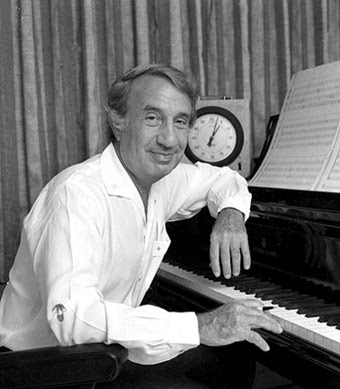


Kubrick was always planning to use classical music, but declined to tell North or the studio. And North said he didn’t find out he wasn’t in the film until he went to the premiere and heard he’d been replaced.
22/57


22/57


Kubrick’s first idea was for the film to open with a black-and-white prologue in which known scientists, theologians, and philosophers would discuss the possibility of extraterrestrial life and whether such life may have been involved in the development of life on Earth.
23/57




23/57




Instead, we open with the prehistoric Dawn of Man sequence. Kubrick wanted to avoid the “men in monkey suits” trope and met with Dan Richter, an American mime artist who had studied under legendary theatre director, Lee Strasberg.
24/57


24/57


The meeting quickly turned into an audition as Richter demonstrated his ability to mimic ape-like movements. Kubrick cast him as lead ape Moonwatcher and also hired Richter to lead the troupe of mimes and teach them how to perform.
25/57


25/57


The ape’s costumes were created by make-up artist Stuart Freeborn. The first ones weren’t as hairy, and Kubrick was threatened with an X-rating so changed them. And reportedly, Freeborn used comedian Ronnie Corbett as a make-up model, before going on to design Yoda!
26/57




26/57




One of the enduring images is the monolith. At first it was a screen showing the apes how to use tools. They then built a tetrahedron, but it didn’t reflect light. They tried a cube then a two-ton plexiglass monolith. Kubrick settled on the large black rectangle we see.
27/57



27/57



Front Projection was used in the Dawn of Man sequence, where a large film projector is used to create the illusion of depth of field. Images of the African plains were projected via a one-way mirror onto a screen behind the actors, an innovative technique at the time.
28/57


28/57

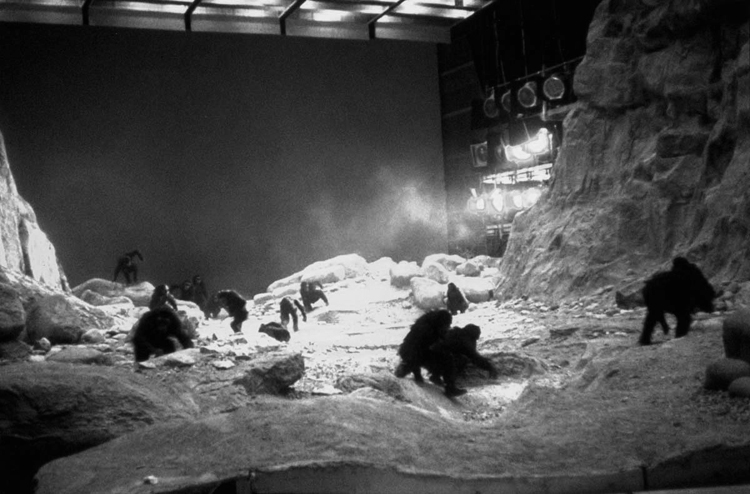
The film was shot mostly at Shepperton Studios and MGM-British Studios in the UK. The only on-location exterior shot was when Moonwatcher invents a weapon. It was shot on an elevated platform allowing Kubrick to get a camera pointing up at Richter.
29/57




29/57




The 3 million year cut from is one of the most famous transitions in cinema. Kubrick came up with the idea when tossing a broomstick in the air on the set. And what we cut to isn’t a spaceship, it’s a nuclear bomb – we cut from the first weapon to the ultimate weapon.
30/57
30/57
We see Floyd make a video call from space to his young daughter, who he calls “squirt.” She was played by Kubrick’s 7-year-old daughter, Vivian. There was a deleted scene where Floyd makes a second call to Macy’s to order the bush-baby his daughter asked for.
31/57




31/57


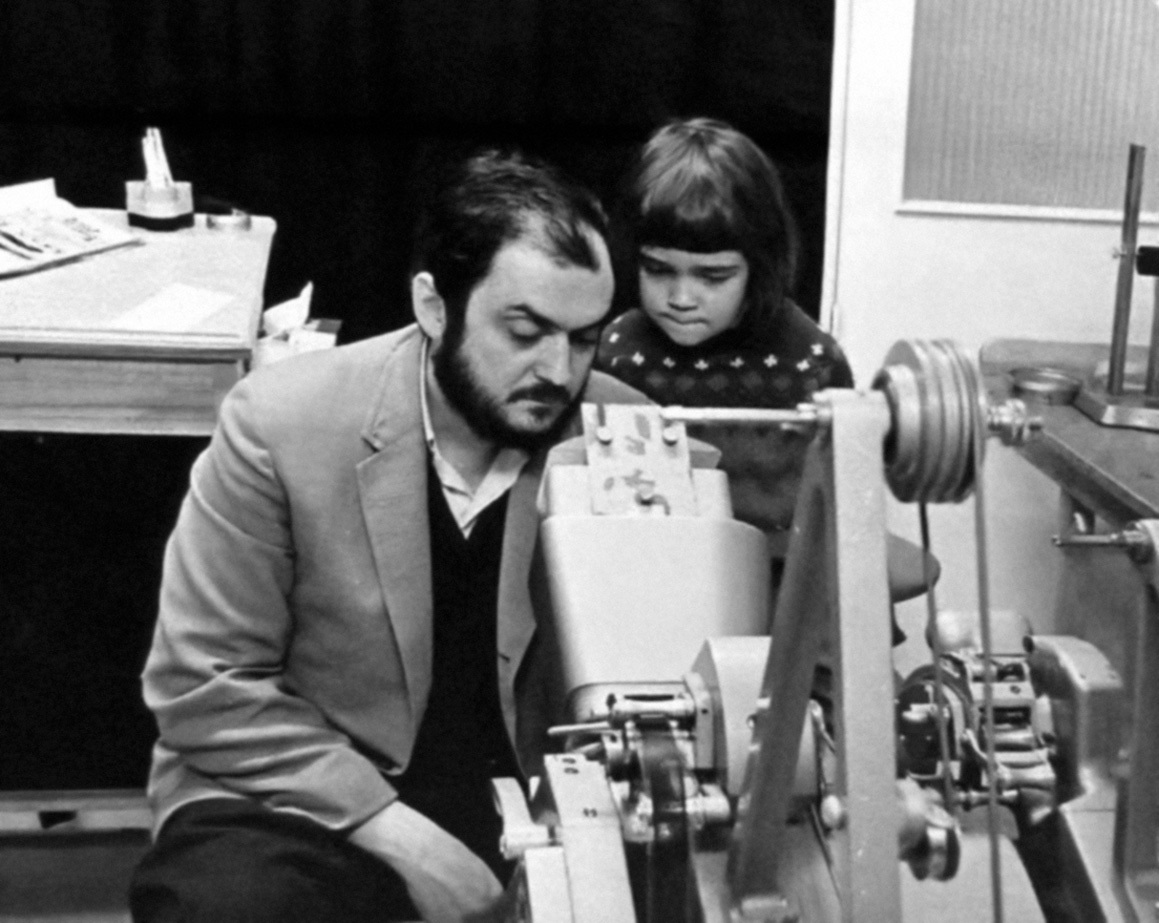

Aboard the shuttle, we see a space hostess catch a floating pen. They used double-sided sticky tape (which had just been invented) and stuck the pen to a sheet of glass. The glass was then moved to create the effect of the pen floating.
32/57
32/57
The shuttle sequence also has the only joke in the whole film. Floyd goes to the toilet and we see him read extremely complicated instructions on how to use the zero-gravity toilet.
33/57


33/57


The shots of the spaceships were beyond anything that came before and used a technique called Motion Control. The spaceships were models and moved along tracks at 4 inches per minute, meaning they could replicate the same shot over and over.
34/57




34/57




To prevent the studio re-using them in other films, Kubrick had most of the spaceship models destroyed after filming. The model of the lunar lander Aries survived and was sold to the Academy of Motion Picture Arts and Sciences for $344,000 in 2015.
35/57 display


35/57 display


One of the biggest costs was the revolving set created for the anti-gravity scenes. It was 40ft in diameter and built by aeroplane manufacturer Vickers Armstrong for $750k. Cameras were attached to a dolly to follow the actors, or to the set to follow the centrifuge.
36/57




36/57




Special effects for the film took over 18 months and cost $6.5m – about two-thirds of the whole budget. Approximately 16,000 shots were taken to achieve the 205 effects in the film.
37/57




37/57




The Director of Photography was Geoffrey Unsworth. To reflect the theme of evolution, there is a visual theme of circular imagery throughout the film – from the revolving space station, through the Discovery cockpit, to the HAL-9000’s all-seeing eye, and a lot more.
38/57




38/57




There were some differences between the film and the book. In the novel, Discovery One journeys to Saturn. Kubrick switched this to the moon as he worried about the issues the effects team may have creating Saturn’s rings.
39/57


39/57


Arthur C. Clarke was gay and decided to make sure Kubrick knew that, saying during a meeting “Stan, I want you to know that I’m a very well-adjusted homosexual.” Clarke later said Kubrick didn’t even look up, said “Yeah I know” and carried on talking about the film.
40/57


40/57


The closest thing to an antagonist in the film is the Discovery One’s artificial intelligence, HAL-9000. There have been reports the name came from IBM (each letter is once-removed in the alphabet) but Clarke said HAL means Heuristically programmed ALgorithmic computer.
41/57


41/57


HAL was originally a robot with legs but Clarke worried about that becoming outdated so changed it to the all-seeing eye, a nod to the Cyclops from The Odyssey. He was called Socrates, like the Greek philosopher. Then Athena, like the Greek goddess, before HAL-9000.
42/57




42/57




Nigel Davenport was hired to voice HAL, then fired when Kubrick said he was “too English”. Martin Balsam was then fired for being “too American”. Kubrick tried out actress Stefanie Powers before hiring Douglas Rain after hearing him narrate a documentary called Universe.
43/57




43/57




Because he came in late, Rain had to record all his lines in post so never actually met Keir Dullea or Gary Lockwood. To soften his voice like we hear in the film, Rain recorded his lines barefoot with his feet resting on a pillow.
44/57


44/57


One of the key moments is when HAL lipreads Bowman and Poole and discovers their plan to deactivate him. Lockwood said this wasn’t in the script and the idea came from the film’s associate producer, Victor Lyndon.
45/57

45/57

The moment Poole is killed by HAL was performed by stuntman Bill Weston. Kubrick wouldn’t let Weston wear a second safety cable in case it showed on film or punch holes in his helmet. He passed out as a result and reportedly chased Kubrick off the set.
46/57



46/57



HAL locks Bowman outside the ship, and Bowman manually breaks in. Because of the vacuum of space, when Bowman is fired back onto the ship, there’s no noise - Kubrick cuts to total silence. Some people at the time didn’t realise and thought it was an issue with the film.
47/57
47/57
When HAL is shut down by Bowman, he sings Daisy Bell – it wasn’t chosen at random. The first ever recording of a computer singing a song was in 1961. The computer was the IBM 7094 and the song it sang was Daisy Bell. Video: Slaven Radovic.
48/57
48/57
At the end of the film, Bowman enters the Stargate. The lightshow was created by effects legend Doug Trumbull. He had a piece of glass with a slit and filmed objects passing behind. The technique became a staple of science fiction effects afterwards.
49/57

49/57

The surreal effect of the stargate reportedly led to some people dropping acid before going to watch the film. The marketing team capitalised on the story by creating a psychedelic poster with the tagline “The Ultimate Trip.”
50/57

50/57

After the stargate, Bowman ends up in a room where he spends decades growing older. The set was designed by production designer Harry Lange. He took inspiration from Louis XVI-style décor.
51/57




51/57




There is no in-film explanation for where Bowman is at the end, leading to decades-long discussions. Years later, Kubrick did reveal what they were trying to say when he talked to filmmaker Jun’ichi Yao.
52/57
52/57
We never see the aliens, but that wasn’t always the plan and Kubrick had some concept art created. He didn’t get on with Carl Sagan but did take one piece of advice from him. Sagan suggested they should suggest the presence of alien interference rather than show it.
53/57




53/57




The idea originally was that, in the final scene, the Star Child would detonate all of the bombs orbiting the Earth. Kubrick changed it partly because he didn’t want 2001 to end like Dr Strangelove which climaxes with a nuclear bomb detonating.
54/57


54/57


The film premiered in Washington in April, 1968. It didn’t go well. There were a reported 241 walkouts, including actor Rock Hudson, who said “Will someone tell me what the hell this is about?” As a result, Kubrick removed 19 mins, cutting it to its final 139-min runtime.
55/57




55/57




On a budget of $10.5m, 2001 grossed $146m, a huge hit. Kubrick won an Oscar for Best Special Visual Effects, after which rules were changed to allow multiple names to be nominated in that category. It is now regarded one of Hollywood’s greatest pieces of art.
56/57




56/57




Finally… in 1965, the U.S. Mariner IV robotic probe began sending photos to Earth of the surface of Mars. A concerned Kubrick contacted Lloyds of London to see if he could get an insurance policy against Martians being discovered before the release of 2001. They said no.
57/57


57/57


If you liked our story of the making of 2001: A SPACE ODYSSEY, please share the opening post 😃
https://x.com/ATRightMovies/status/1775462302344507516?s=20
• • •
Missing some Tweet in this thread? You can try to
force a refresh


